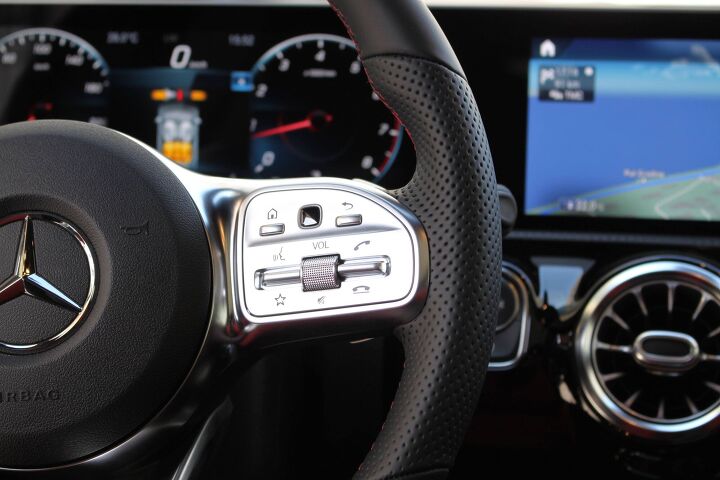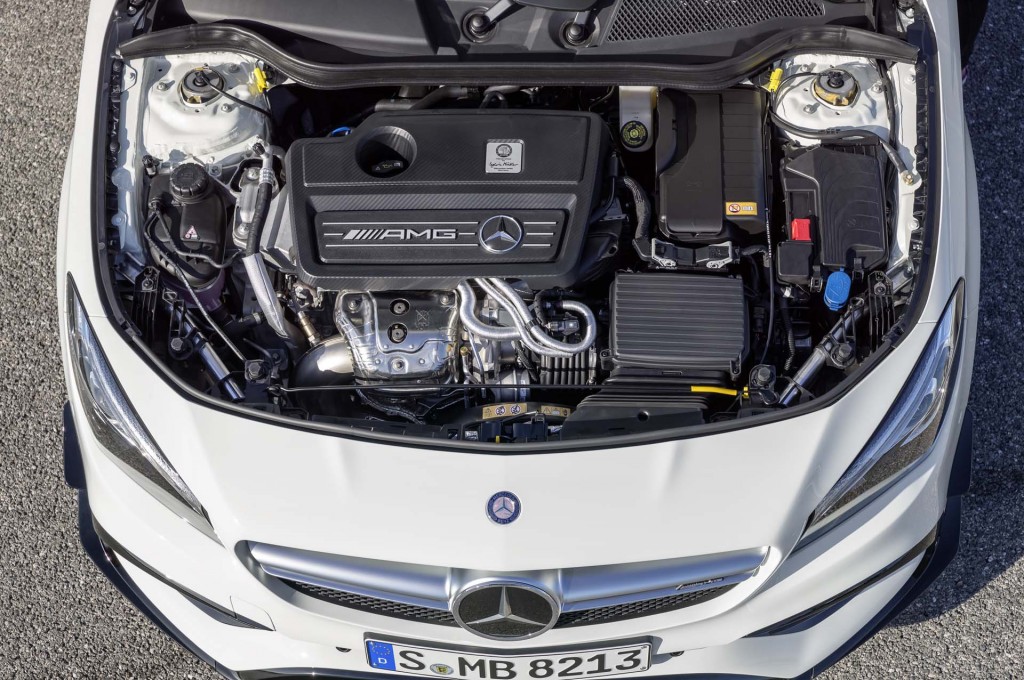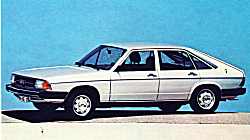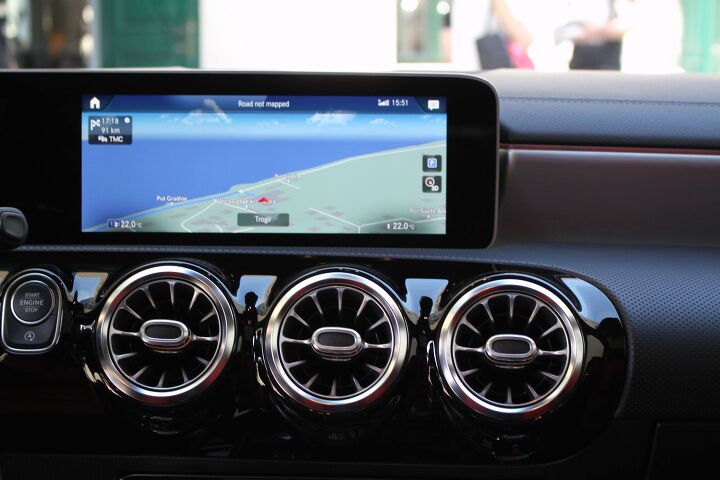
It drives well, but that only appeals to a small niche of car buyers. What most buyers will really fall for what is happening inside the car, specifically with the infotainment and connected technology. The replacement for the old rotary-dial-operated Mercedes COMAND system is here, and it’s called MBUX. It’s a beautiful infotainment system that combines a 10-inch screen in front of the driver and a 10-inch touchscreen in the center of the dashboard. There is a pretty responsive touchpad and two additional touchpads on the steering wheel, but you don’t really have to use those because the interface is pretty intuitive to use with touch controls.
Beyond that is a digital assistant that is similar to things like Google Home and Amazon Alexa. By just saying, “Hey, Mercedes” or a similar command, you can tell the car to do various functions throughout the cabin. What’s really cool is that you don’t need a list of commands, just say something and it’ll pick it up. Saying “Mercedes, I’m cold” will cause the system to turn up the heat. You can tell it to turn on your heated seats, change the ambient lighting, change the radio station, ask it about the weather or if you need an umbrella and even ask it for a joke or thoughts on a competitor’s vehicle (for a snarky fun message). It’s surprisingly well done and well integrated. Asking for the best ice cream spot in Split, Croatia, saw it pull up the location with the highest Yelp rating (it was called Luka’s Ice Cream and Cakes and was very good, earning extra brownie points).
Non-Stop Tech
For the techies reading this, the infotainment system is a hybrid. It has its own Nvidia-powered processor and can attempt to decipher your commands onboard, so you don’t need an online connection to get good results, but it will also compress the recorded audio of your voice command and send it up to the cloud where it’s processed by a more powerful and clever system. That is beamed back to the car, where a decision will be made, trying to figure out what you were trying to get the system to do.
It works pretty quickly, and best of all, it’s adaptive. It learns from your frequent commands, and if you have a routine, like calling your mom at a certain time of the week, the car will remind you to do so. If you tend to go to the gym after work, it’ll set up a route and tell you about the traffic on the way.
There’s also Mercedes Me App connectivity, allowing owners perform a number of controls remotely through their smart-phone. The app even works with Amazon Alexa and Google Home, so you can use those home systems to tell the app to precondition your A-Class’ cabin. It’s pretty tight integration and feels like the next generation.
Mercedes-Benz small cars to get even tinier engines
Not so many years ago, a 1.2-liter engine would only have been found in the U.S. in the smallest and least impressive of subcompact cars.
It might have been a 3-cylinder, and certainly wouldn't have had even 100 horsepower.
But times change, and engines of that size will soon be found even in the smallest of Mercedes-Benz luxury cars.The engines won't be seen until 2019 or later in North America, and then only in the CLA compact sedan and perhaps the GLA compact hatchback utility vehicle.
But as well-sourced correspondent Georg Kacher noted in the British magazine Autocar in May, Mercedes parent Daimler remains under increasing pressure to reduce carbon emissions and boost fuel economy in markets across the globe.
Introduced for the 2014 model year, the Mercedes-Benz CLA gave the German luxury maker an entry-level luxury offering originally priced just under $30,000.

It's not clear that even the 1.4-liter turbo four would come to North American markets, whose buyers tend to require quicker performance even from smaller cars than those in other regions.
But the idea of a 1.2-liter engine in a C-segment luxury vehicle (as compact cars are called in the industry) still remains a relatively recent innovation.
The Ford Focus compact sedan is offered in North America with a 1.0-liter turbocharged 3-cylinder EcoBoost engine, but its sales are likely miniscule because it comes only with a 6-speed manual gearbox, a nonstarter for most U.S. buyers.The report suggests the CLA's replacement could use 1.2-liter or 1.4-liter engines, again turbocharged. The next-generation car might be seen in the U.S. as a 2020 model.



No comments:
Post a Comment